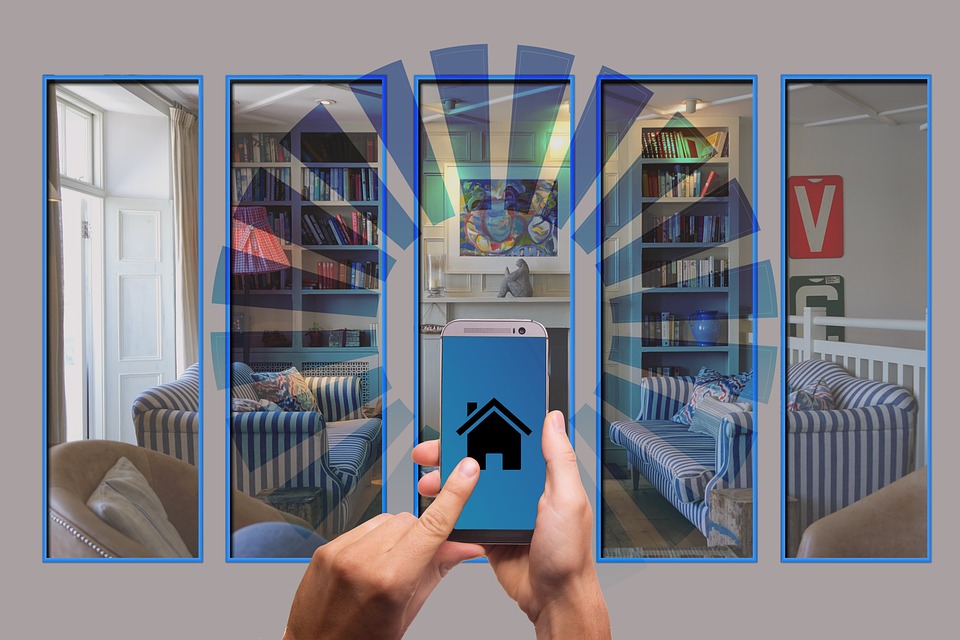The rapid advancement of technology has transformed how we interact with our homes and devices, ushering in an era dominated by Voice-Activated Internet of Things (IoT) solutions. With smart assistants like Amazon’s Alexa, Google Assistant, and Apple’s Siri becoming household names, the integration of voice activation with IoT has revolutionized home automation, making our lives easier, more convenient, and increasingly interconnected.
The Evolution of Voice Activation
Voice technology has evolved significantly over the past decade, transitioning from simple command recognition to sophisticated, context-aware systems. Early versions of voice recognition struggled with accents and ambient noise, but today’s technology leverages machine learning, natural language processing (NLP), and large datasets to improve accuracy and responsiveness. This evolution has laid the foundation for seamless integration with IoT devices, allowing users to interact with their environment in a more natural and intuitive manner.
Impact on Home Automation
Convenience and Accessibility
One of the most significant impacts of voice-activated IoT technology is the convenience it offers. Home automation systems can be controlled with simple voice commands, allowing users to adjust lighting, temperature, security systems, and entertainment devices without lifting a finger. For individuals with mobility challenges or disabilities, voice activation provides a newfound sense of autonomy and control over their living spaces.
Energy Efficiency and Cost Savings
Voice-activated home automation not only enhances convenience but also contributes to energy efficiency. Smart thermostats, lighting systems, and appliances can be programmed for optimal energy use, leading to cost savings on utility bills. For example, voice commands can adjust heating and cooling based on occupancy, ensuring that energy isn’t wasted when rooms are unoccupied.
Enhanced Security
Voice-activated smart home systems also play a pivotal role in enhancing security. Homeowners can use voice commands to monitor security cameras, lock doors, and even contact emergency services. Systems that integrate with smart doorbells allow users to interact with visitors remotely, providing peace of mind and control, regardless of their location.
Integrating Smart Assistants with IoT Devices
The integration of smart assistants with a wide array of IoT devices is driving the growth of home automation. IoT platforms offer a multitude of compatible devices—ranging from smart lights and locks to fridges and laundry machines—all accessible via voice command. This interconnectivity creates a cohesive ecosystem where devices communicate with each other, resulting in scenarios such as:
-
Morning Routines: With a simple command, users can have the lights gradually brighten, the coffee pot start brewing, and the thermostat adjust to a comfortable temperature as they wake up.
-
Home Entertainment: Users can control their audio-visual systems with their voice, stream music, or turn on the television without searching for remote controls.
- Shopping and Inventory Management: Smart assistants can keep track of household supplies and create shopping lists, making grocery shopping more efficient.
Challenges and Considerations
Despite the myriad advantages, the rise of voice-activated IoT comes with its share of challenges. Privacy concerns dominate discussions around smart assistants, as these devices always listen for activation commands. Users must navigate the balance between convenience and privacy, as the data collected can potentially be misused or exploited.
Moreover, standardization remains a barrier to wider adoption. With various manufacturers producing competing devices, the lack of interoperability can lead to frustration. Progress is being made toward more universal standards, but the industry still has work to do.
The Future of Voice-Activated IoT
As technology continues to advance, the future of voice-activated IoT is expansive and promising. Innovations like enhanced contextual understanding, emotional recognition, and multi-modal interactions will likely emerge, making smart assistants even more capable and user-friendly. Furthermore, as artificial intelligence evolves, we could see increased personalization, where devices anticipate user needs and preferences.
In education, healthcare, and the elderly care sector, the potential for voice-activated IoT solutions is profound, improving quality of life and enabling more efficient caregiving.
Conclusion
The rise of voice-activated IoT has changed how we live, offering convenience, efficiency, and enhanced control over our home environments. As integration between smart assistants and IoT devices continues to expand, the possibilities grow. While challenges remain, the trajectory of technology paints a bright picture for the future of home automation and beyond. With each voice command, we move closer to a truly connected and intelligent living experience.


